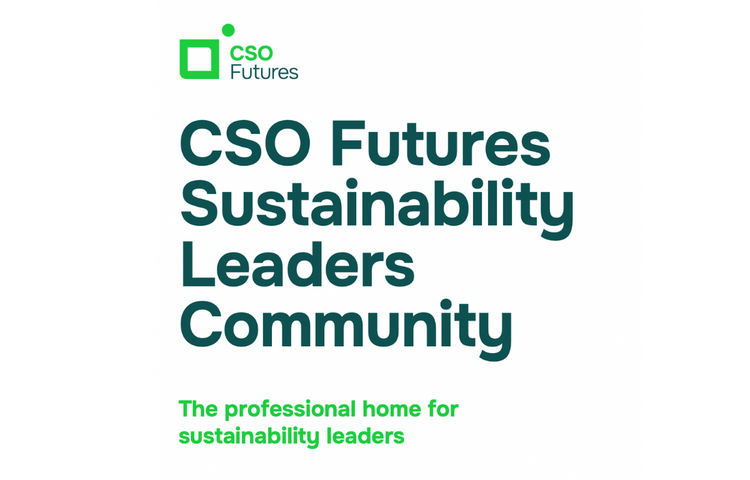Voluntary carbon market value down 61% as firms become wary of carbon offsets

Increased media and public scrutiny is making companies wary of carbon offsets and impacting the total value of the voluntary carbon market, which went down 61% in 2023 to US$723 million.
This is the second consecutive year of contraction for the VCM, after a peak of nearly US$2 billion in 2021. The downward trend coincides with the increase in scrutiny over the environmental and social impacts of carbon offsetting projects, which several investigations have found to be much less positive than advertised.
In addition, a raft of anti-greenwashing regulations in Europe and the UK now prohibit companies from making climate claims based purely on carbon offsetting, such as ‘carbon-neutral’.
Read also: Interface to repurpose millions of dollars of carbon offset investments towards CO2 reductions
Voluntary carbon market activity dropped dramatically last year, with a 56% decline in transaction volumes and a decrease in the average price of carbon credits, to US$6.53 per tonne CO2e – and for Ecosystem Marketplace, the non-profit tracking the market, there is no question around the causality between these trends.
“Negative press questioning the additionality and governance of carbon credit projects and potential corporate buyer greenwashing overshadowed many positive market developments in 2023. This translated to both a direct pullback in buyer investment, and increased complexity for project developers,” the organisation explains in its State of the Voluntary Carbon Market 2024 report.
Growth pains for increased VCM maturity
For those working to develop the voluntary carbon market, this is a disappointing setback. Dee Lawrence, Founder and Director at High Tide Foundation, commented: “It’s frustrating to see that in 2023, the hottest year on record, we saw the voluntary carbon market drop 56%, and roughly U$1.1 billion in finance for climate mitigation evaporate, compared to the prior year. To put it bluntly, our global climate targets just got a little farther out of reach.”
However, recent announcements suggest that this two-year contraction is a temporary – and necessary – step on the way to a more mature, higher-integrity market. The Biden-Harris administration last week unveiled a set of principles for responsible carbon offsetting, endorsing the voluntary carbon market as a meaningful element of global decarbonisation.
Just a few days before, Google, Meta, Microsoft and Salesforce launched the Symbiosis Coalition to develop 20 million tonnes of carbon credits from nature-based projects by 2030 – a move set to help tackle fast-growing AI-related emissions.
These events should be seen as a positive sign that companies and regulators still believe in the potential of the carbon market to direct private funding towards frontline communities mostly located in the Global South.
“Ecosystem Marketplace’s report and recent advanced market commitments like the Symbiosis Coalition show buyers are looking for signs of high integrity such as impactful co-benefits, airtight additionality, and robust durability. Crediting standards and project developers must incorporate best-science practices like dynamic baselines and remote sensing to ensure the VCM, especially nature-based credits, meets buyer expectations,” said Maximiliano Bernal Temores, Carbon Markets Assistant, Impact Finance & Markets at The Nature Conservancy.
Carbon credit developers and buyers expect further guidance
The publication of Core Carbon Principles (CCP) by the Integrity Council for the Voluntary Carbon Market (ICVCM) last July was seen as a positive step in helping project developers align with market expectations around quality markers like additionality and governance.
ICVCM has begun assessing carbon crediting programmes eligibility to receive the CCP ‘label’, and recently determined that three of the world’s largest programmes (Gold Standard, ACR and Climate Action Reserve) meet governance criteria, including in relation to decision making, transparency of processes, registries and third-party verification processes.
But before actual CCP credits can be purchased, the initiative still has to assess individual credit categories and projects – and companies appear to be holding off on carbon offsetting activities until this is done.
Ecosystem Marketplace also cites “lack of guidance from the Science Based Targets Initiative (SBTi) on the use of carbon offsets to meet corporate net-zero goals” as a top factor why buyers refrained from investing in the market last year.
The SBTi is due to publish an update of its corporate net zero standard in July 2024, but it’s unclear whether the guidance will expand the use of carbon offsetting to more than the current maximum of 10% of a company’s baseline emissions.
In April, the SBTi Board of Trustees said it was considering this expansion for Scope 3 abatement purposes, but the statement caused so much controversy that the organisation had to clarify that no decision had yet been made.







Member discussion